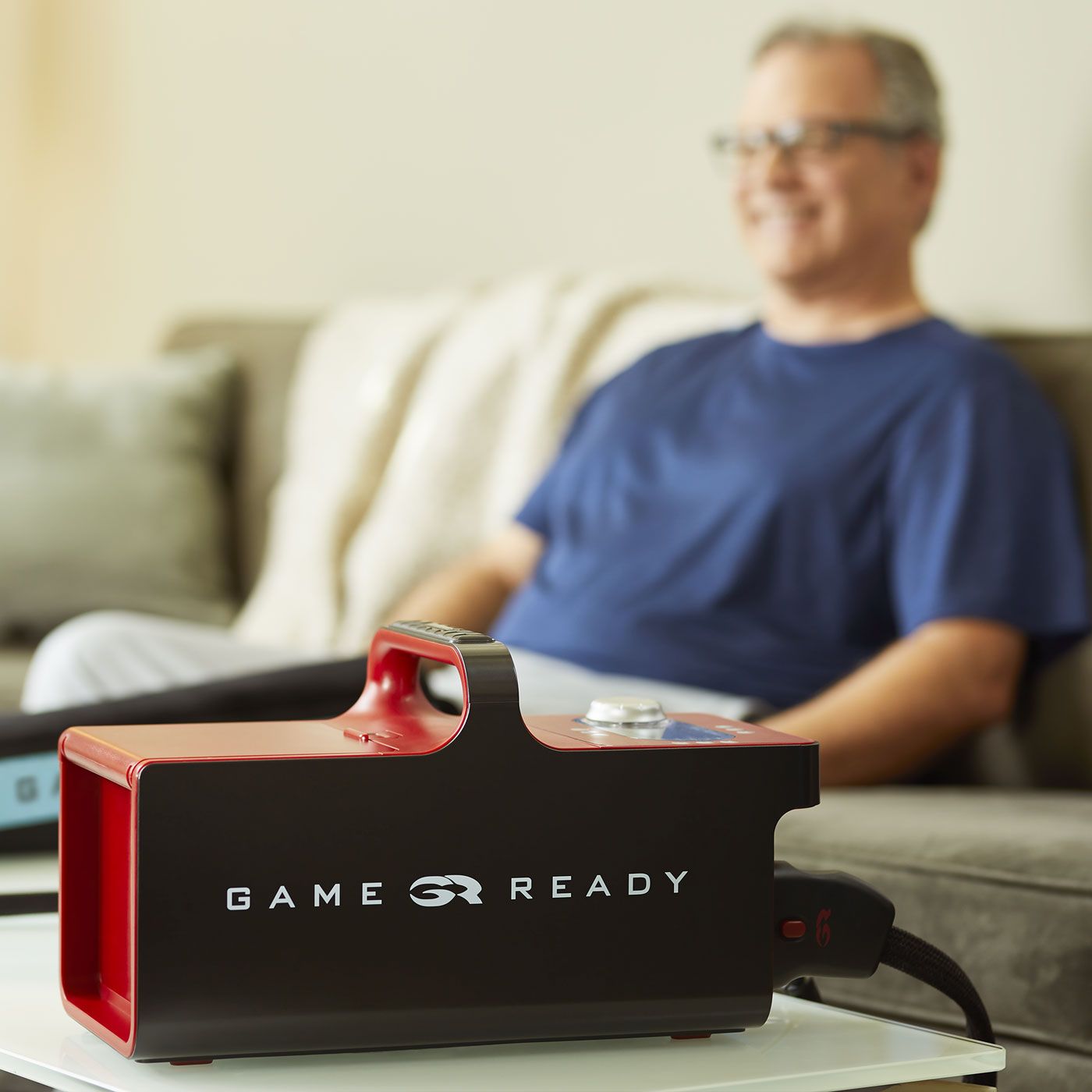Following an injury or orthopaedic surgery, the rehabilitation and recovery process is essential for achieving successful outcomes. Utilising cold, hot and compression therapy systems can significantly enhance the effectiveness and speed of the recovery process, facilitating a quicker return to essential activities.
What is the difference between Cold, Hot and Compression Therapies?
Cold Therapy
Overview:
Cold therapy limits blood flow to the targeted area, slows inflammation, and reduces swelling and tissue damage. It can also numb sore tissues, aiding in pain relief.
Best Used For:
- Acute inflammation stages, such as a recent sprain or injury (within the first 48 hours)
- Gout
- Tendinitis or tendon irritation following activity
Heat Therapy
Overview:
Heat therapy expands blood vessels, stimulates blood circulation, and alleviates muscle spasms.
Best Used For:
- Loosening stiff muscles or tissues, enhancing flexibility and range of movement around joints
- Alleviating pain or muscle spasms
- Chronic muscle pain
- Deep tissue pain in areas like the hip or back (as cold therapy only affects superficial tissues and may worsen muscle tension)
Compression Therapy
Overview:
Compression therapy improves blood flow in the lower legs, typically through elastic stockings or wraps that exert pressure, preventing blood pooling and fluid buildup.
When to Use:
- Recommended for conditions related to poor blood circulation
Use in Sports:
- Endurance athletes may use compression therapy on their legs during or after exercise to boost muscle recovery and diminish soreness by enhancing blood circulation.

